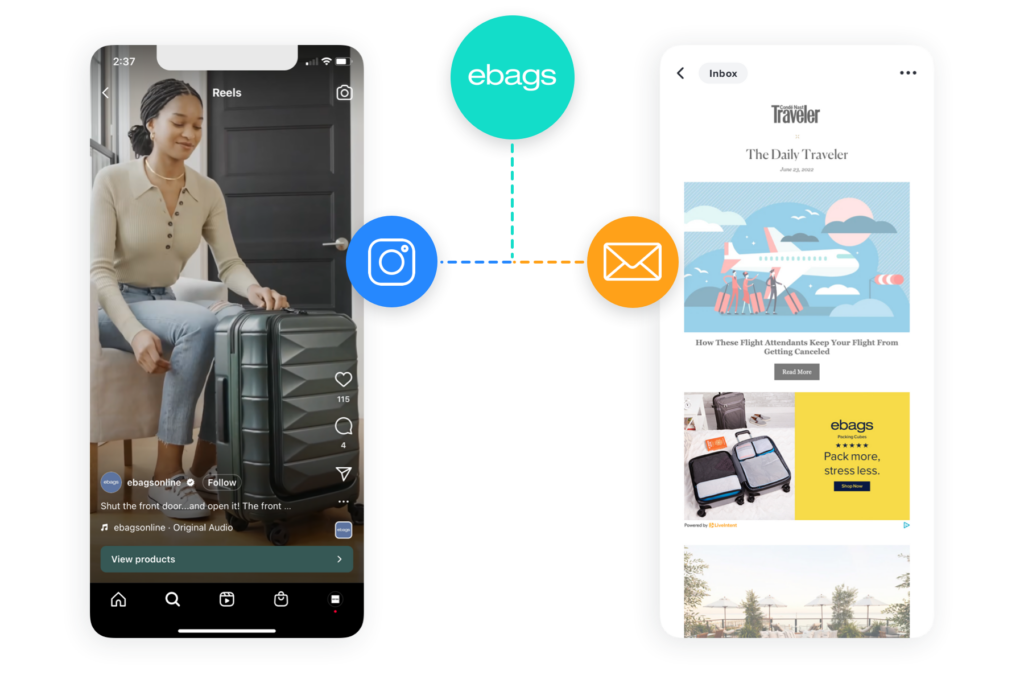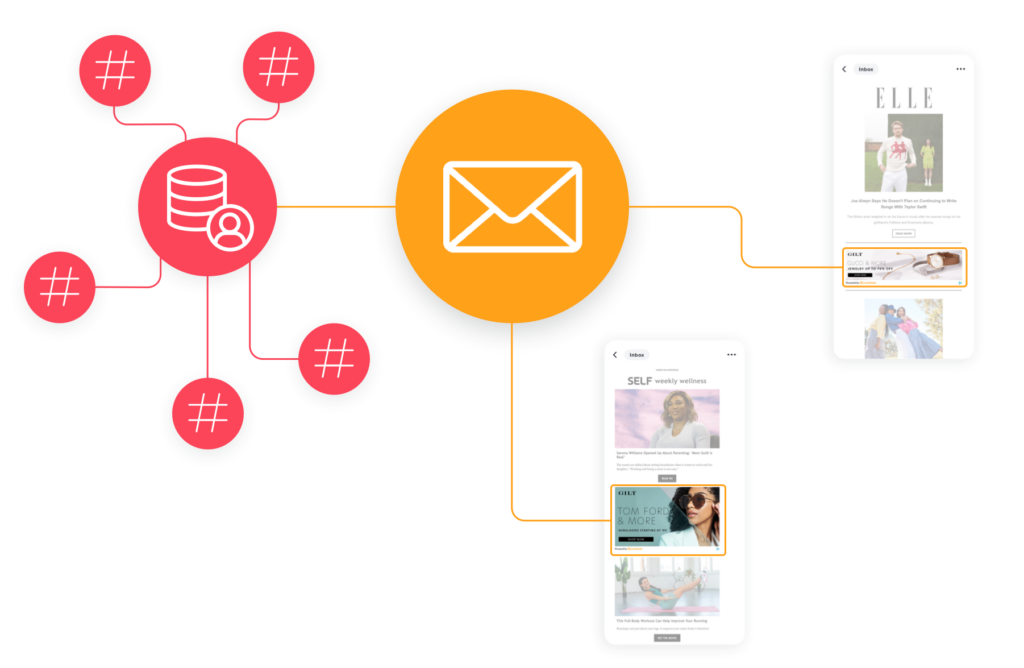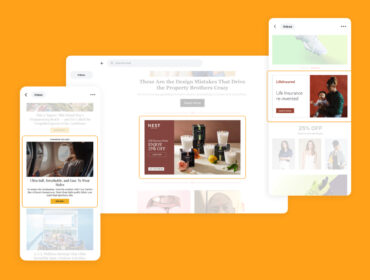2023 NRF’s Big Show: Key Takeaways
The National Retail Federation’s (NRF) “Big Show” conference concluded in New York City on January 17th, 2023. As usual, it was well attended and featured an all-star speaker lineup from brands and retailers like HelloFresh, Albertsons, and LuluLemon, to name a few. Sessions tackled pressing retail industry issues, specifically the importance of personalization to drive relevance and improve the customer journey and how data and technology can improve customer experience, conversion, and retention.

Whether you attended The NRF’s Big Show or not, we’ve summarized key takeaways from the conference and provided insight on how you can innovate and adapt to changes in the retail industry. Let’s dive in.
Create omnichannel experiences
According to Paige Fitzgerald, Afterpay and Cash App’s GM of business strategy and partnerships, omnichannel customers spend three times more than single-channel customers. And it makes sense, given that consumer attention is divided across several digital platforms and devices that enable them to not only engage with their favorite retailers and brands but also to learn about and make purchases with new retailers and brands.
At LiveIntent, we’ve long believed businesses should diversify their acquisition channels, reaching consumers wherever they might be paying attention — new and old channels alike. In doing so, organizations gain more data and insight into customer behaviors and preferences. This information is critical to helping retailers improve their understanding of their customers and drive better connections. Furthermore, by diversifying the channels through which they reach and connect with customers, they avoid overreliance and channel saturation — a misstep that can have a tremendous negative impact on customer acquisition and revenue, especially through times of economic uncertainty and instability.

And speaking of economic uncertainty, there’s also been a growing movement by retailers to expand and diversify their business portfolios, enabling them to drive growth and stability. Companies like Walmart, Target, and Albertson’s have launched Retail Media Networks (RMNs). RMNs have disrupted digital advertising by unlocking new revenue streams for retailers with incredibly high margins. Projections indicate that retail media networks will capture the majority of digital ad budgets by the end of 2024.
Empower the omnichannel shopper
Online shopping isn’t new, but the pandemic certainly altered how consumers shop, both online and in-store. Swiftly’s co-founder and CEO, Sean Turner, explained the benefits of using technology to deliver a personalized shopping experience across offline and online channels. Turner shared that “personalized experiences capture 48% more of customers’ spend if personalization is done well and that 82% of in-store purchases are influenced by online channels long before a shopper comes into the store.”
It’s clear that today’s consumer is an omnichannel shopper with greater demands and expectations than ever. But what’s more apparent is that digital is critical to the customer experience and driving revenue. It is paramount that retailers prioritize their tech stack and CRM database to ensure the delivery of cohesive, personalized, and relevant experiences across the entire customer journey — regardless of the channel — so that customers can do exactly what they set out to do: shop.
Uplevel convenience
Back in the day, consumers would have to go through catalogs, fliers, and magazines in search of coupons or new products that’d make their lives easier — it was incredibly time-consuming and inconvenient. We’ve come a long way since then.
These days, consumers expect offers to be delivered right to their inboxes. They want retailers and brands to suggest products that complement their previous purchases, that match their interests or values and suit their needs. Personalization isn’t just about delivering customized content or offers — it’s also about convenience. And consumers want businesses to make shopping convenient for them. Of course, convenience means different things to different customers. Some retailers use data and technology to improve their customer understanding and curate experiences accordingly. Some have improved their website and in-app experiences to provide frictionless, secure checkout. Grocers like Fareway Stores, for instance, enable customers to pay with PayPal and Venmo digital payments in their stores.
Email’s unique position
While there’s a plethora of new approaches and technologies that retailers can leverage to create omnichannel experiences, empower the omnichannel shopper, and uplevel convenience, there is one channel already available to retailers of all sizes that can help, and it’s email.

Identity resolution with email
Retailers have a wealth of first-party data available to them via loyalty programs, online shopping accounts, signups for direct-mail offers like coupons and catalogs, store credit cards, email newsletters, product alerts, and the like. The email address serves as the common denominator and unique identifier across all these programs and offers, tying disparate data points from these channels to individuals.
The email address can help retailers with identity resolution which helps streamline and improve customer experiences. With identity resolution solutions, like identity graphs, retailers can create a single customer view to deliver more personalized and relevant experiences across online and offline channels.
Retail media with email
And for those retailers interested in diversifying their revenue streams, the email channel presents retailers with the opportunity to launch their own retail media networks. By placing ad slots into their email newsletters and alerts, retailers can sell media by unlocking an ad inventory source that is an inherently logged-in and cookieless environment. Because consumers opt-in to receive emails and communications from retailers and brands they love, email has a built-in layer of relevancy and personalization unique to the channel and recipient.
Stability with email
As the industry steels itself for economic uncertainty and third-party cookie deprecation, email will be one of the most critical and stable components of one’s revenue strategy. Furthermore, with email, retailers can activate their first-party data, drive incremental revenue, and increase awareness of their products and offerings by advertising products in their own emails or reaching similar audiences in LiveIntent’s network.
While the topic of privacy protection heats up further, email newsletters enable retailers and their advertising partners to continue reaching audiences safely via the hashed email. By leveraging first-party data and email, retailers can support a more secure digital ecosystem while delivering a positive consumer experience.


